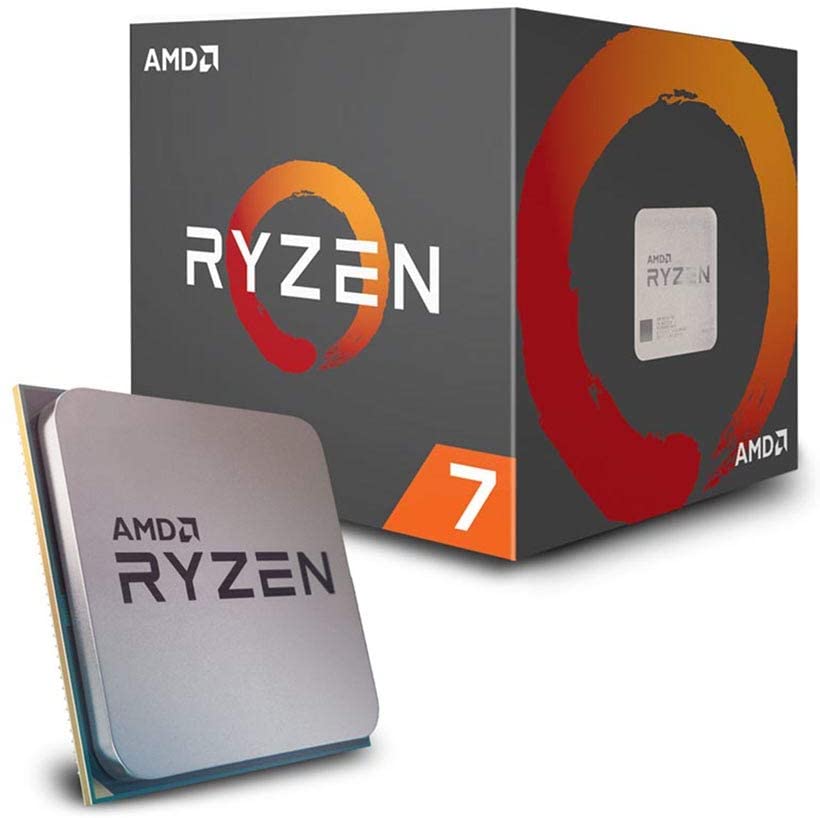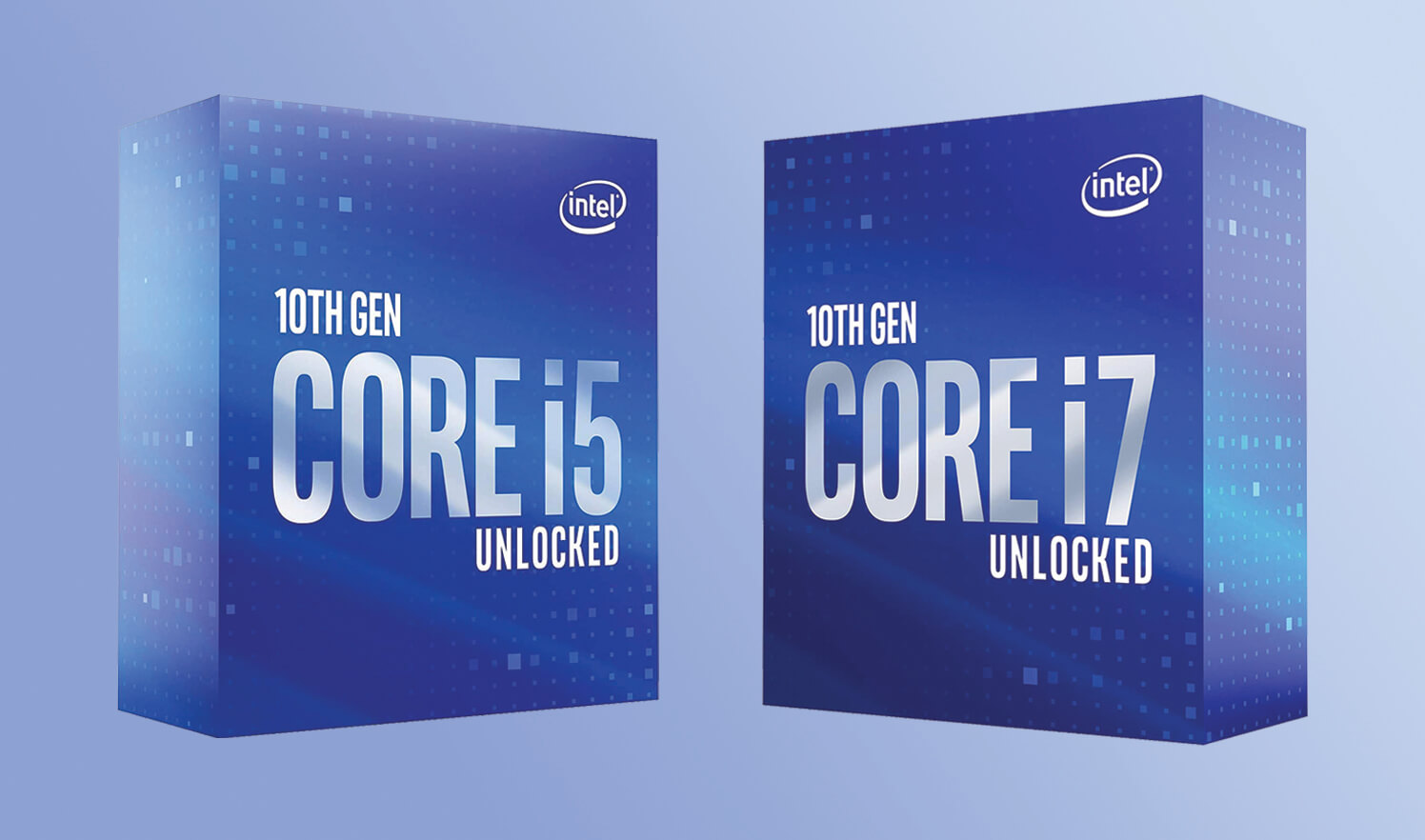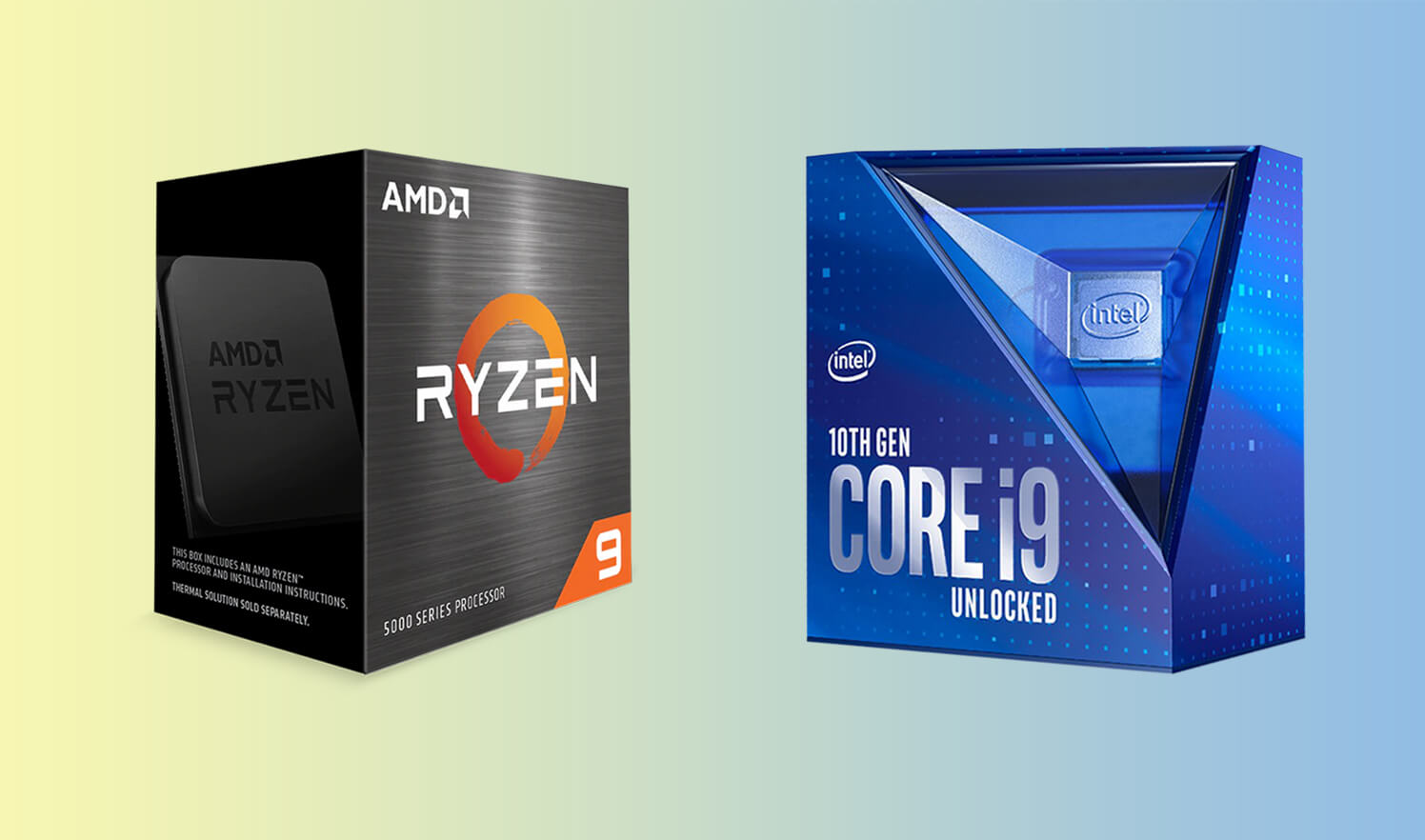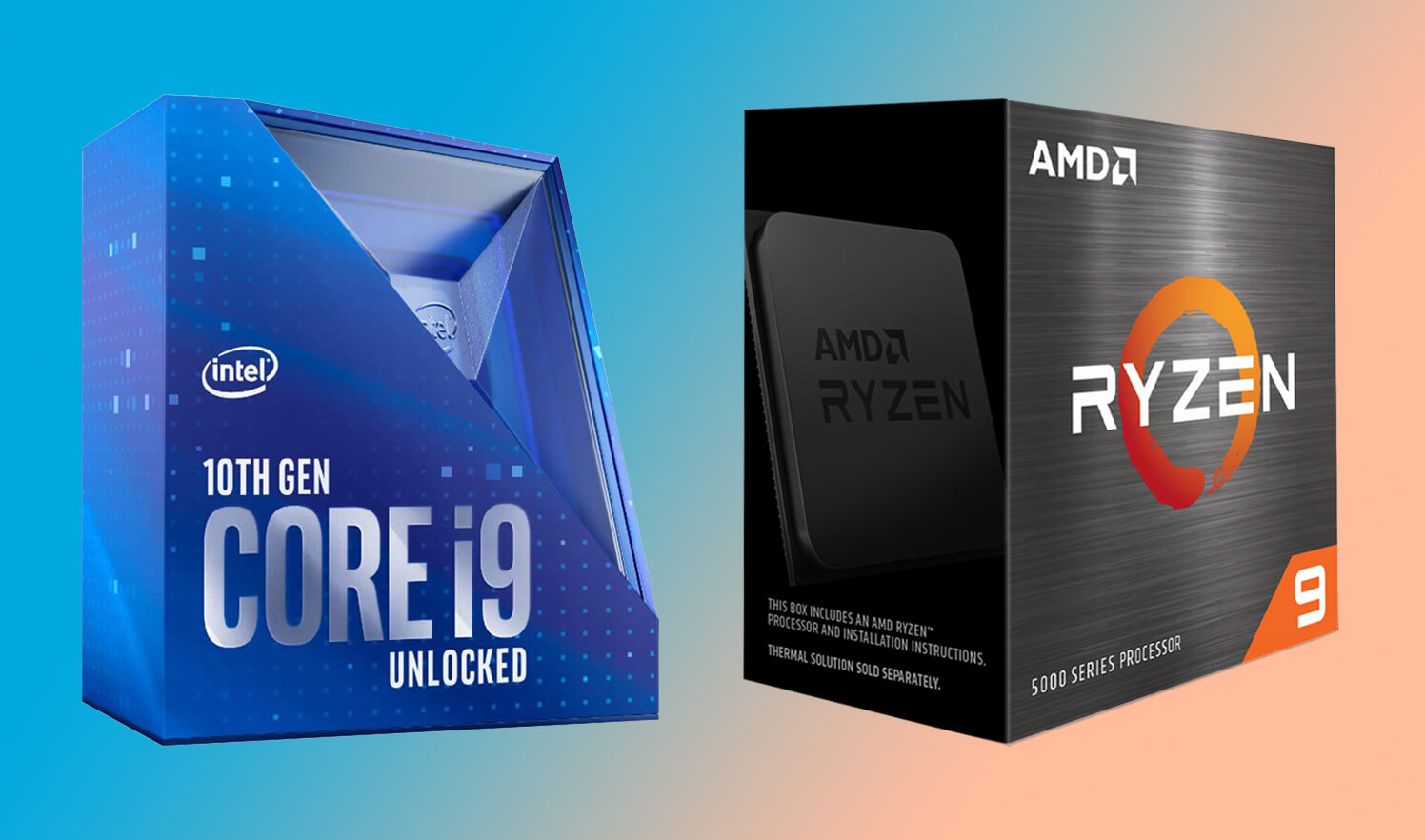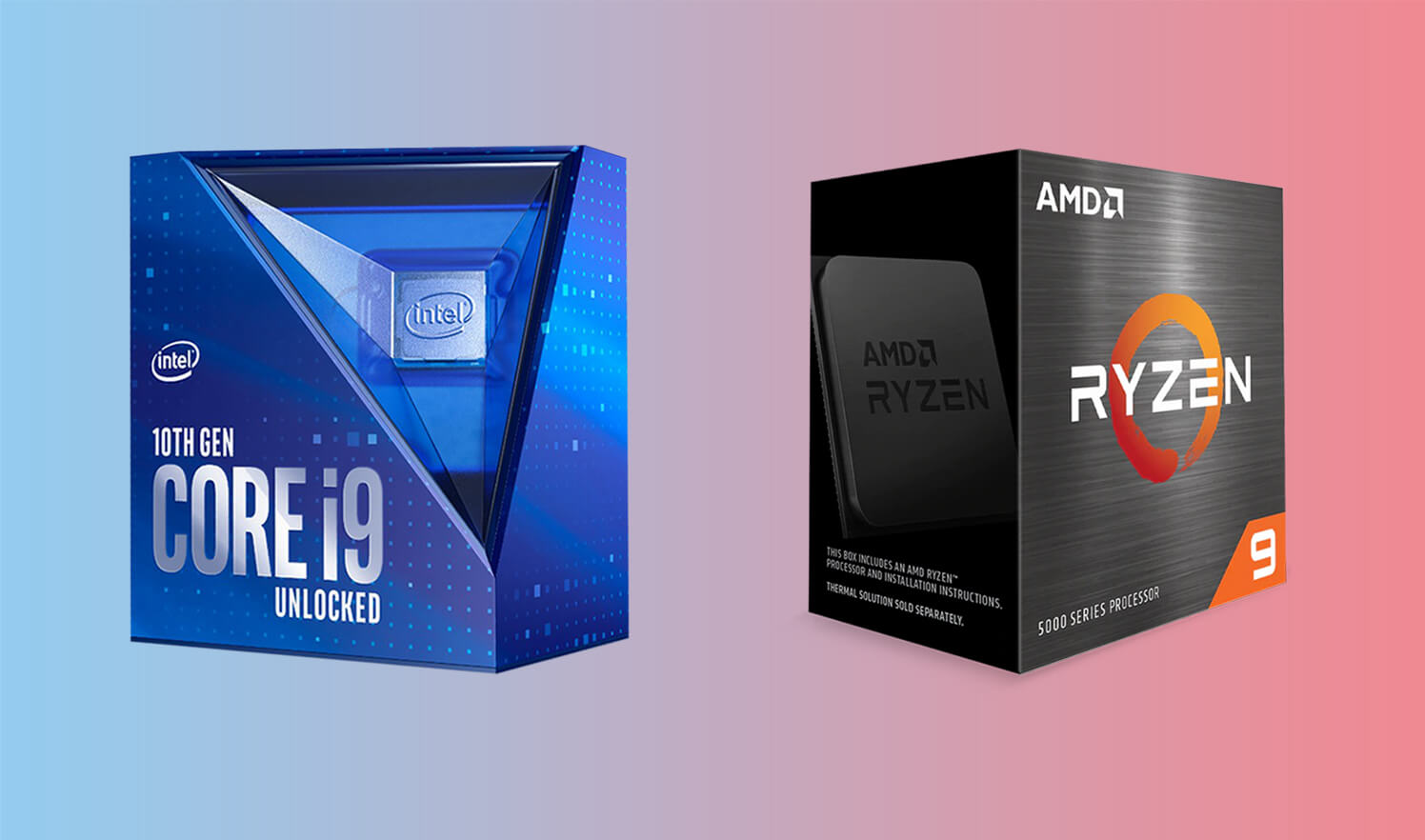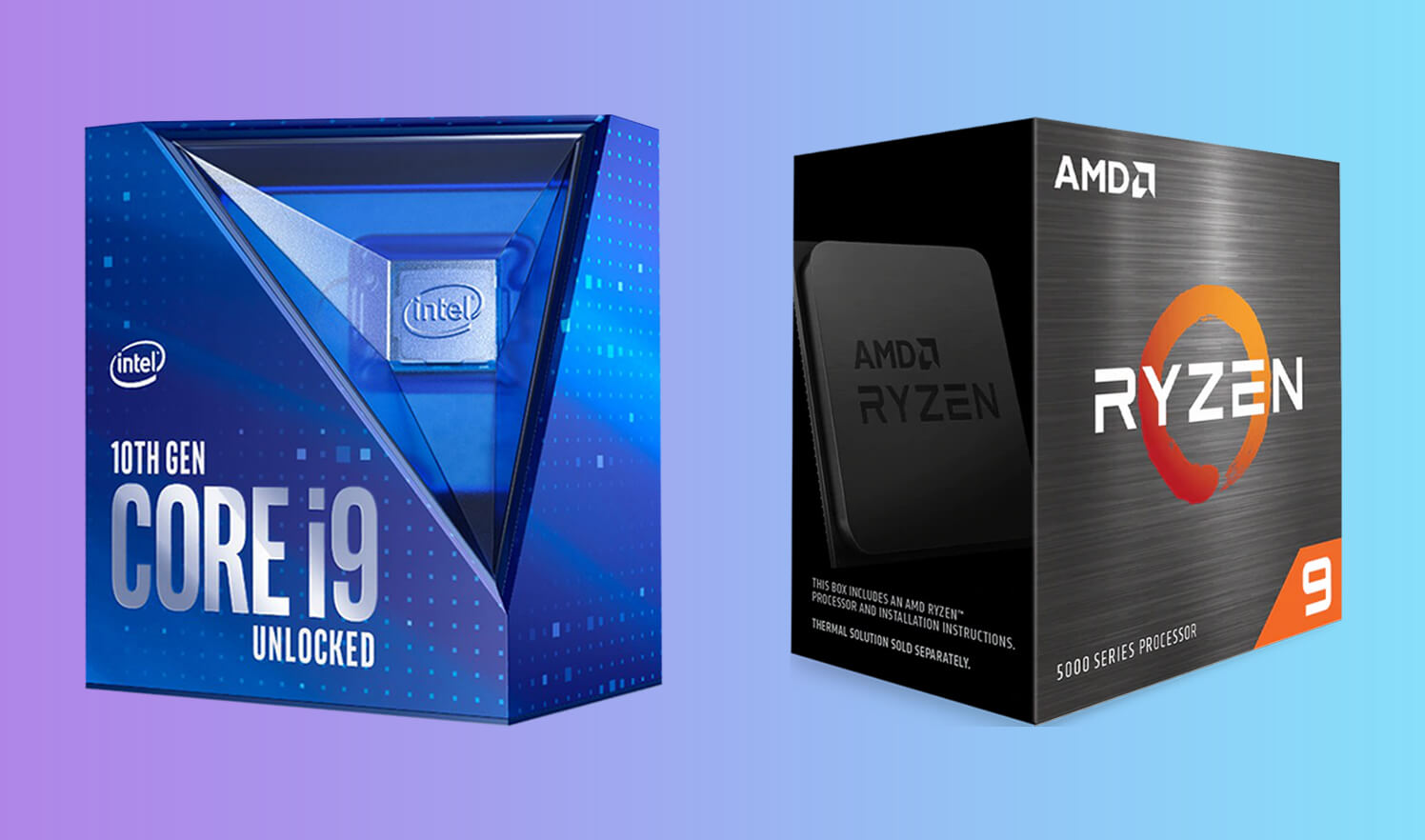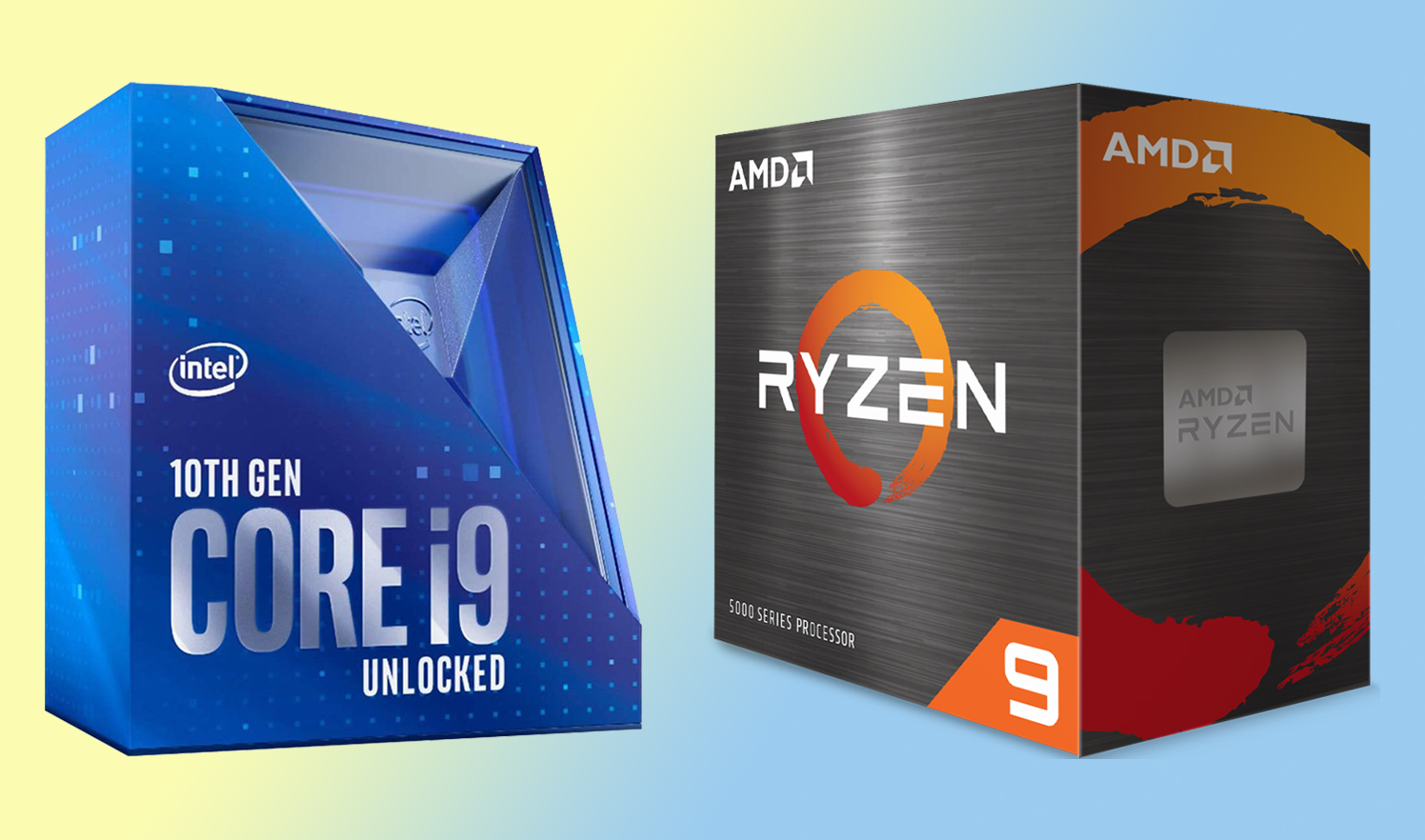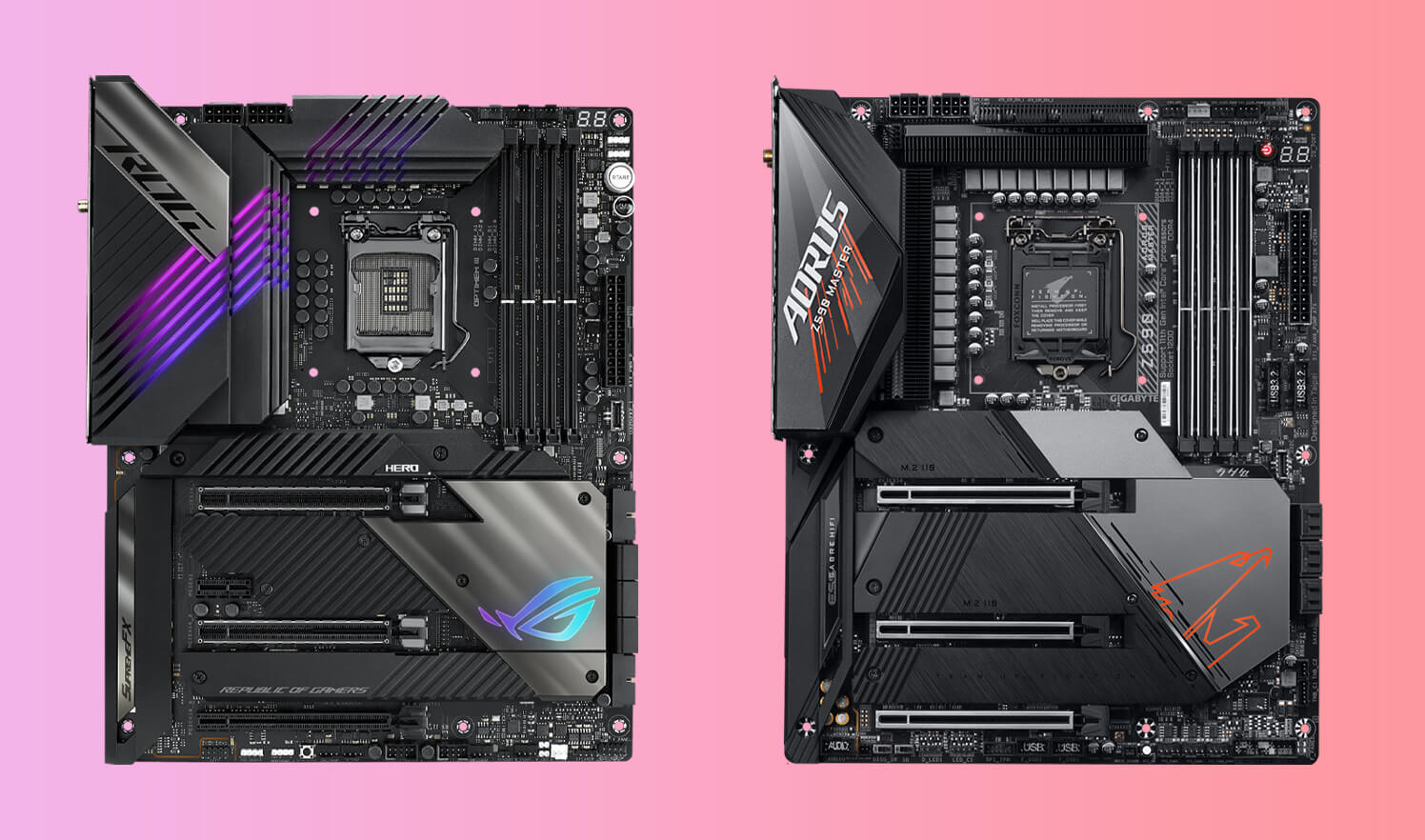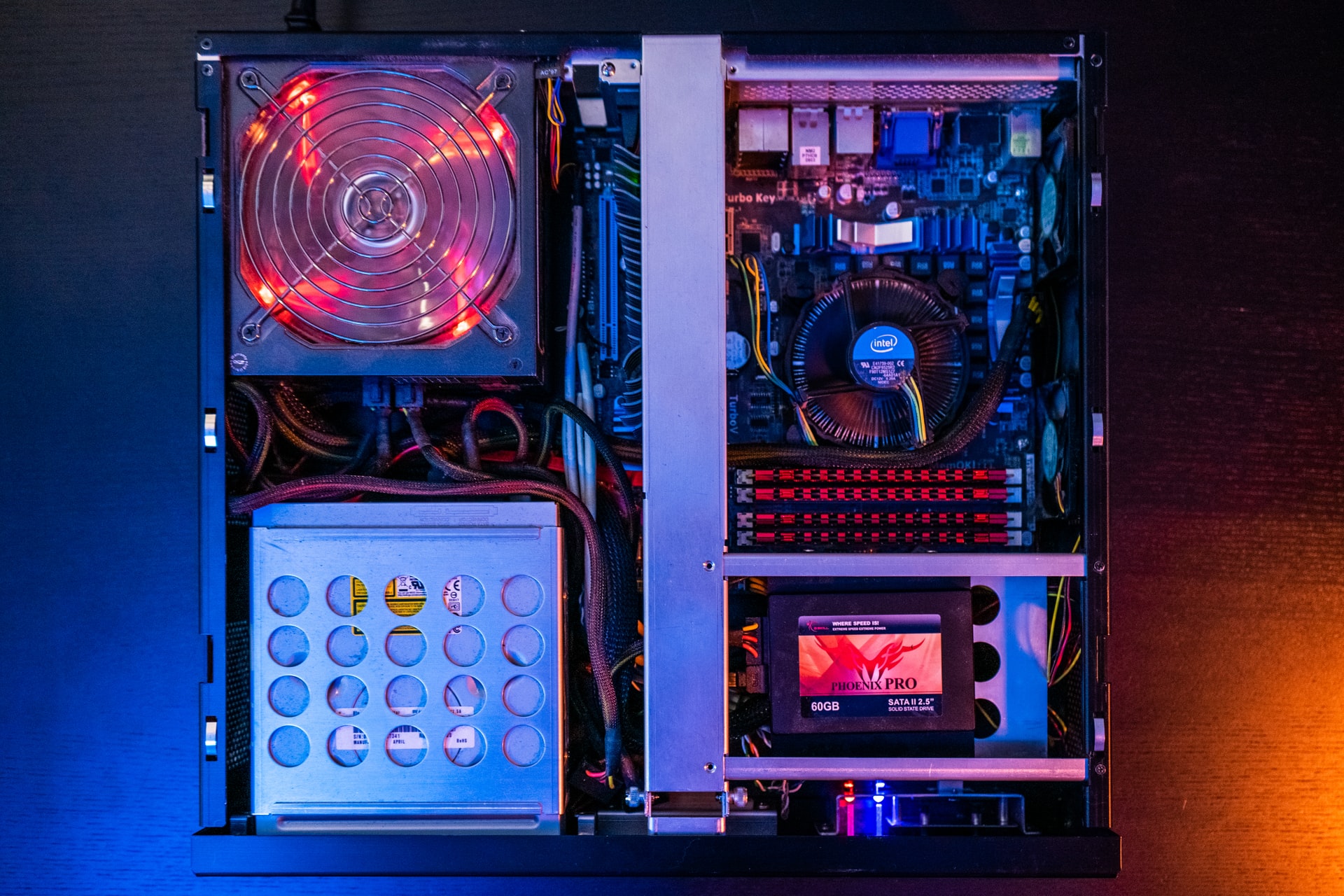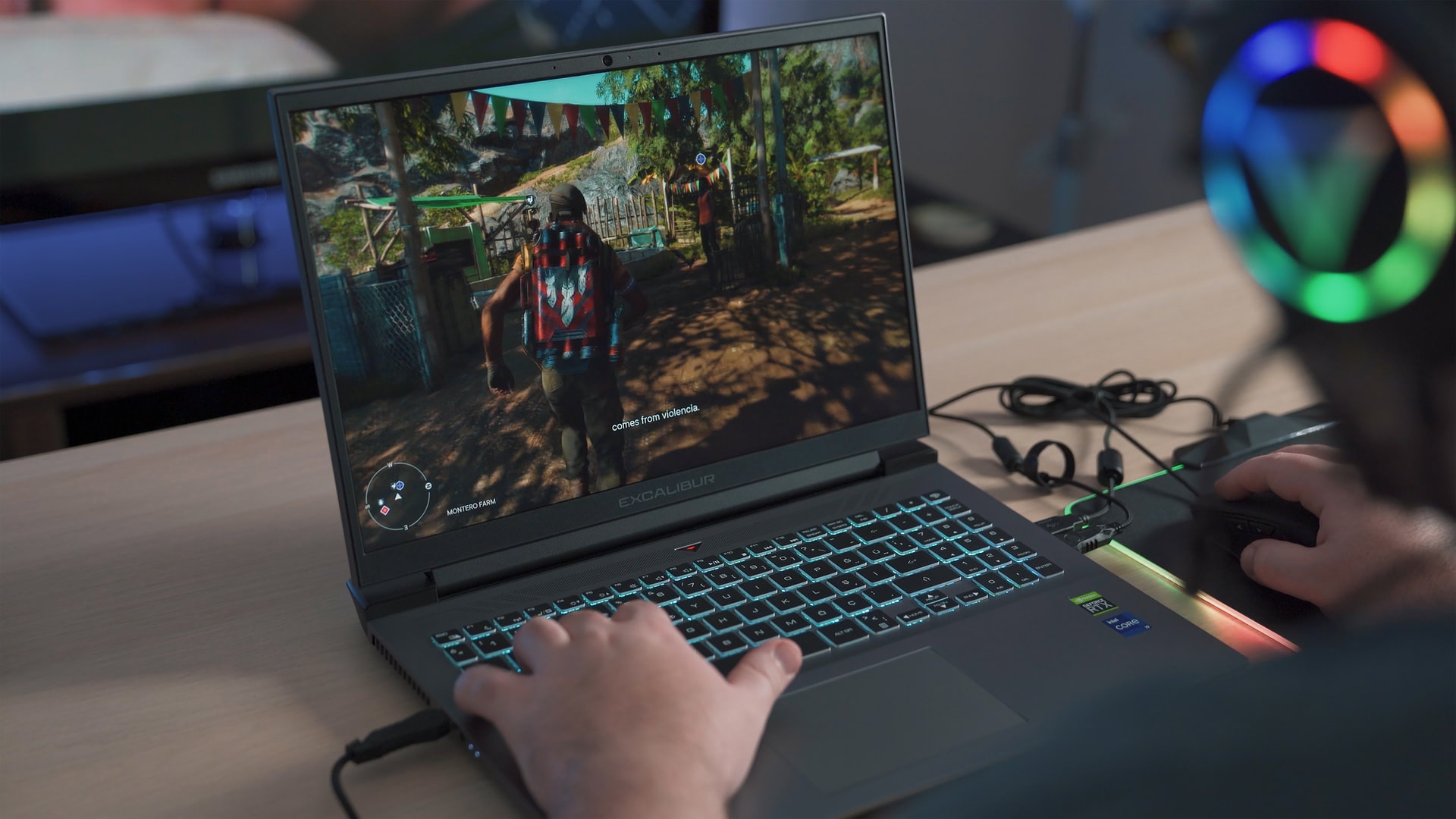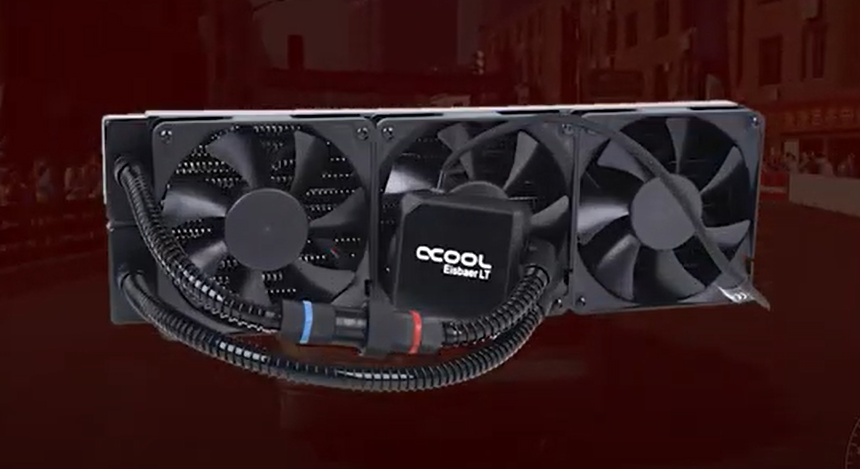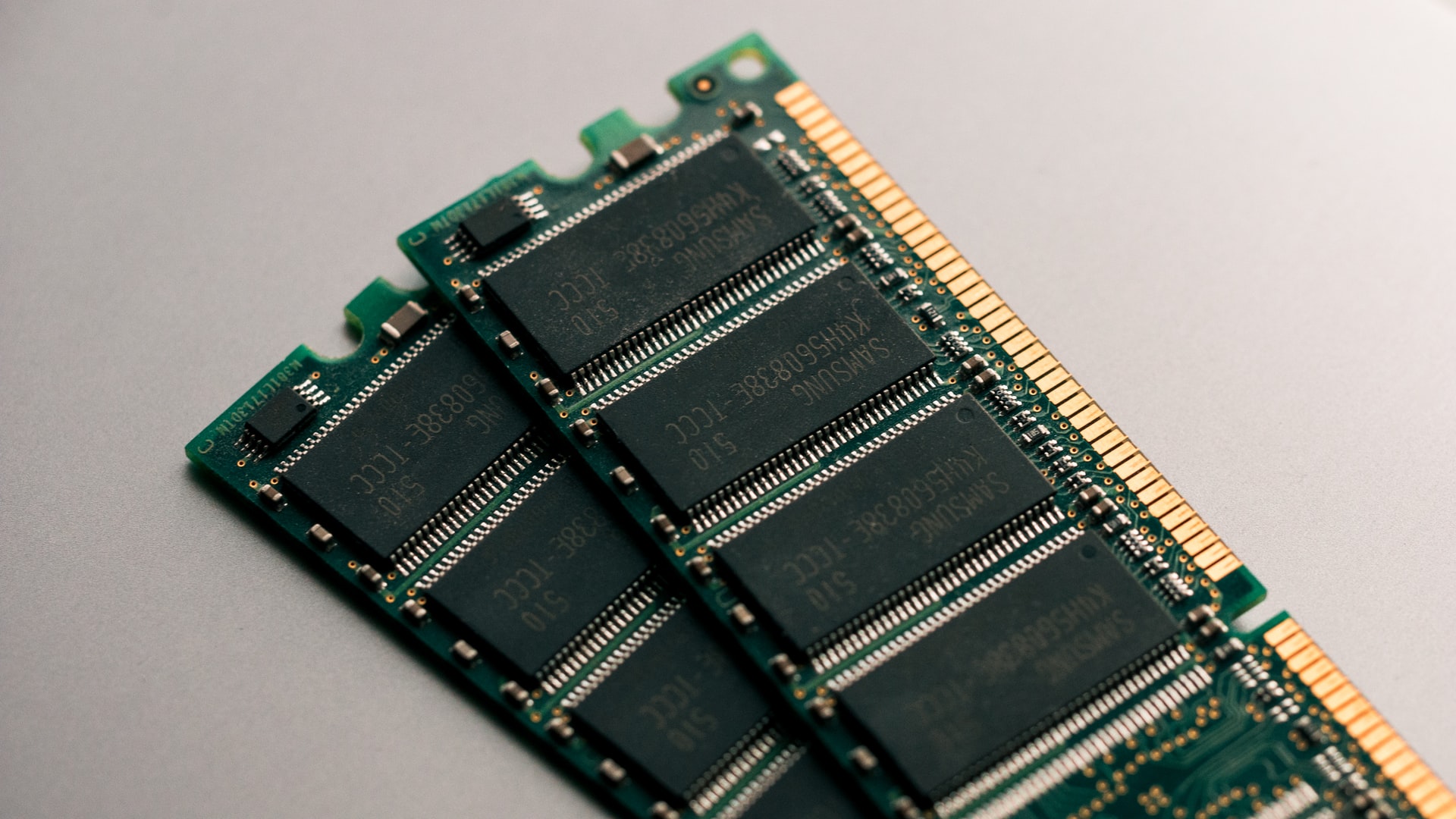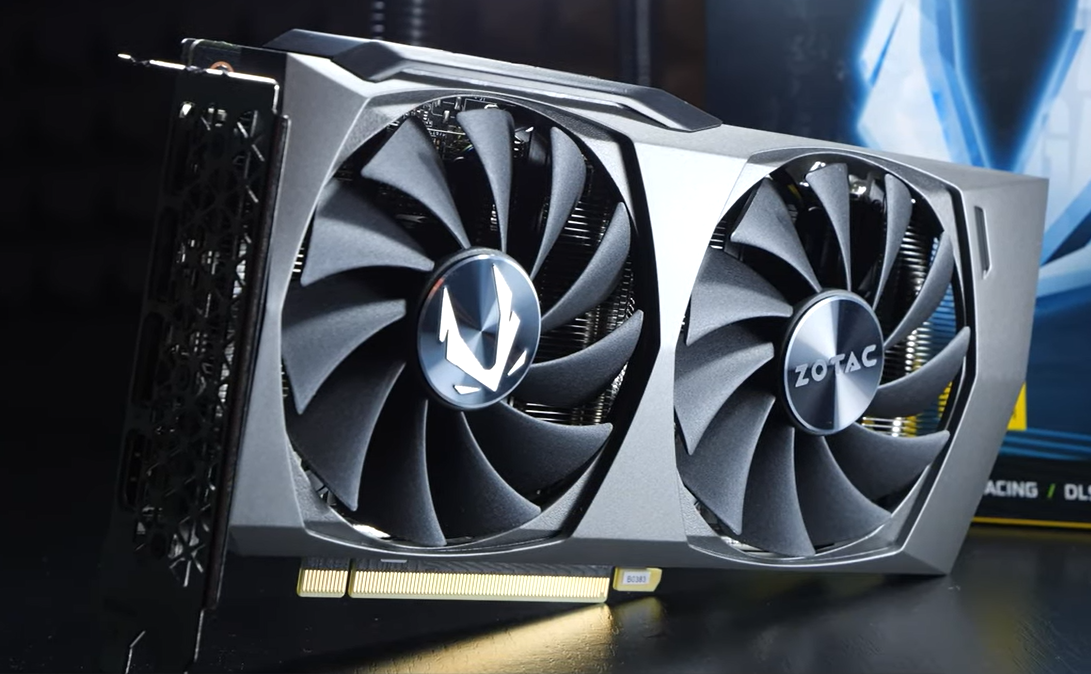A motherboard is a circuit board that connects the hardware to the processor. It also performs the core duty of distributing specific electric current to every component attached. Every part, such as storage devices or memory modules, needs to be connected to the motherboard.
So, it also works as the bridge between them. You can call a motherboard the building block of a computer; without it, you cannot even switch on the system. A chipset is built into every motherboard, and it determines what a motherboard can do.
What is the Motherboard’s Chipset?

There is a lot of technical jargon to deal with when it comes to motherboards, and it’s challenging to figure out the features of a motherboard. “Chipset” is one of those common terms you’ve probably heard before but did not know its function.
A chipset is the permanent fixture of the motherboard that links all the other parts and determines what components it supports and how many USB ports it has. It also controls how fast the data gets transferred and a lot more.
What function does it perform?
The motherboard’s chipset is a silicon backbone optimised for particular CPU generations. It serves as a conduit between the connected CPU and the different storage and expansion device.
The CPU can connect to the RAM directly through its built-in memory controller. However, the chipset acts as a core component on the motherboard that controls the additional PCIe lanes, external ports like USB slots, storage devices, and many other peripheral devices.
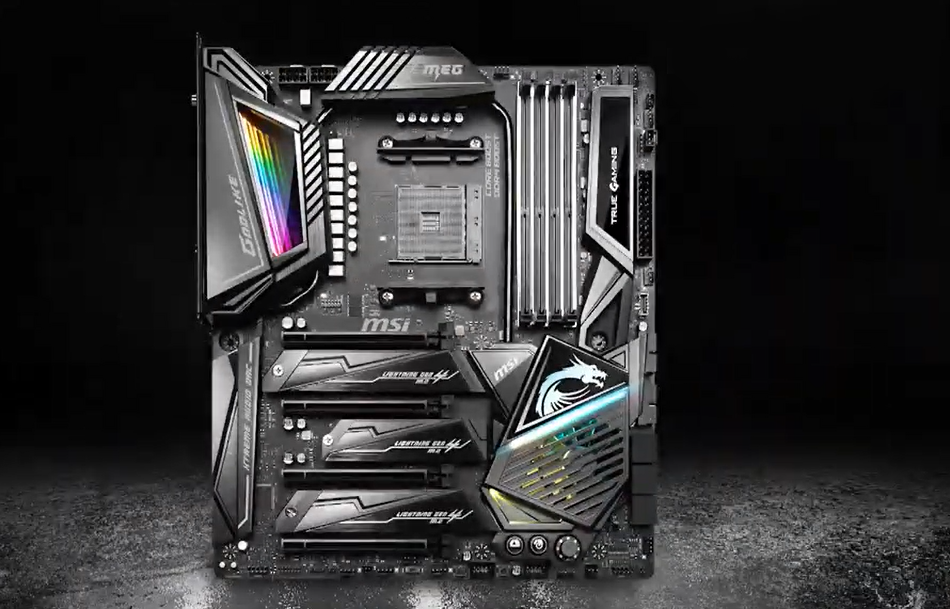
High-end chipsets can feature USB ports, PCIe slots, hardware configuration and PCIe slot allocations than the standard chipsets. The chipset controls many functionalities, and that is why it is so important for a motherboard.
In the early days of the digital world, every motherboard had integrated circuits, and each chip controlled a different part of the computer. Due to technological advancement, the original chip design was simplified into just two chips on the motherboard.
These chips were known as northbridge and southbridge, named according to their location on a motherboard. The northbridge controlled the CPU and connected the components such as RAM to the CPU.
The southbridge controlled USB ports, networking, IDE controllers, audio, and a lot more. Both northbridge and southbridge functioned as mediums of communication between the different components of a computer.

These two chips took many specialised functions of other small chips; therefore, they were referred to as a “Chipset”, which basically means a set of chips with specific functions. However, modern motherboards don’t have a southbridge or northbridge.
The reason is that the CPU took many functions that were controlled by the northbridge. So, it became a single-style chip that controlled the remaining functions. While the term chipset is still used, its functionality has changed over time.
Chipsets have one to four controllers for peripheral devices like your keyboard, mouse, and monitor. If you’re looking for a new computer processor, keep in mind that some processors will function with specific motherboard chipsets only.
A chipset can allow for certain features, but your specific circuit board might not even be able to support those features. For instance, a chipset might support 10 USB ports, but many motherboards only have 4 to 8 USB ports. If your motherboard doesn’t support a chipset feature, it won’t work on your PC.
Where Is the Chipset on a Motherboard?
When a motherboard chipset had a southbridge and northbridge, it was easy to locate it on the motherboard. However, the modern motherboard’s chipset has integrated into a CPU, making it difficult to spot a chipset on a motherboard.
Moreover, the PCH or FCH does not require a northbridge or a southbridge to communicate anymore because it can communicate directly with the CPU.
Which Chipset should you use?
Well, it depends on your requirements, preferences and of course your budget. Every chipset supports different components. However, a high-end and full-featured chipset is relatively more expensive than a low-end chipset. When you build a computer, you select the components that you require for the computer.
Just like that, certain chipsets provide the features you want, but some won’t. Most chipsets support different components that you want to use. Modern chipsets on motherboards have many features that were separate components before.
Moreover, modern chipsets have everything, including Bluetooth technology, Wi-Fi, and onboard audio. A high-end chipset designed for computers can provide many benefits, including faster bus speeds and overclocking ability.
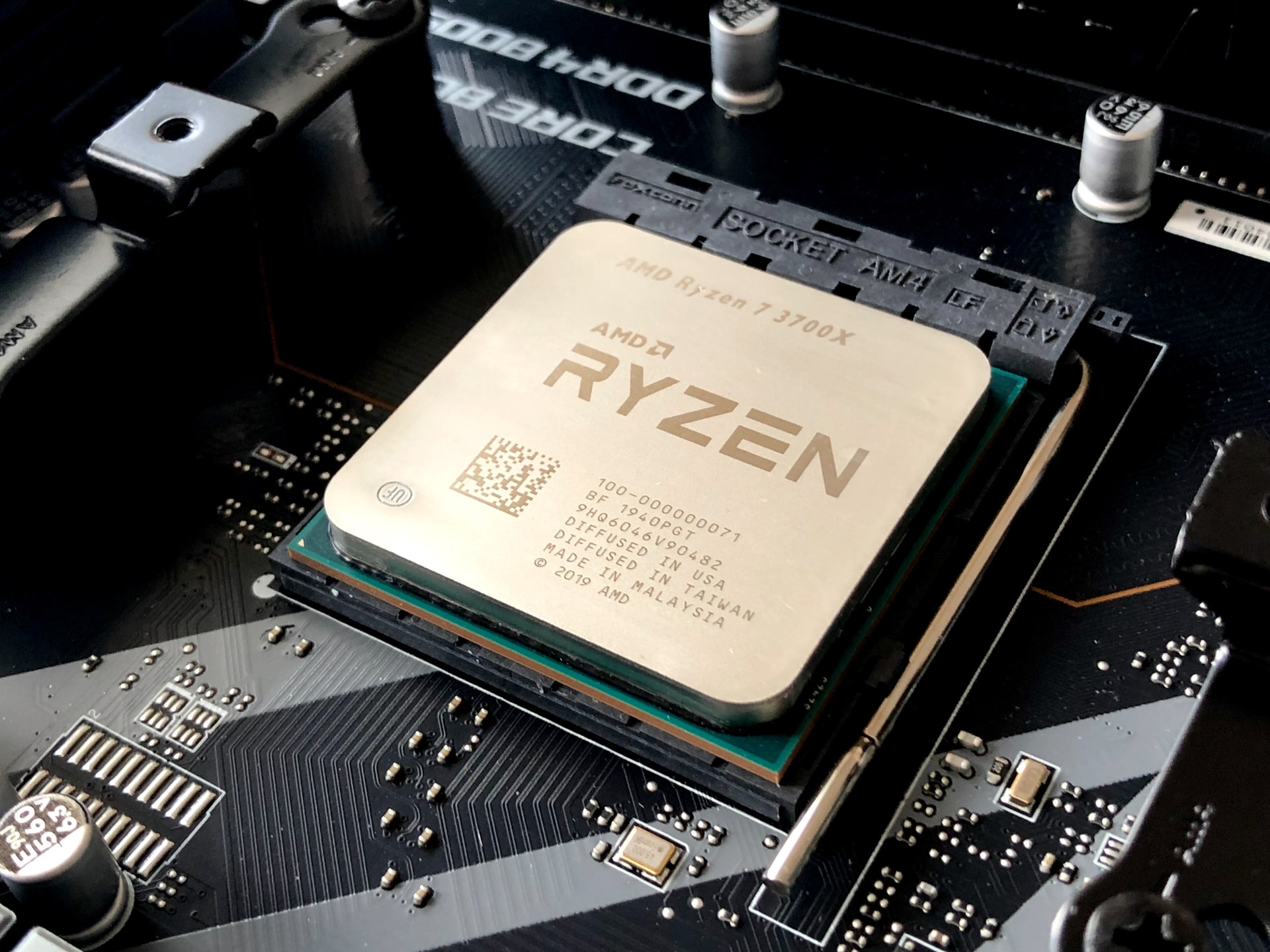
When you look at the motherboard’s name, the combination of number and letter that comes after the brand’s name is the chipset. Another way to find out the chipset is through the device manager.
Difference between Motherboard & Chipset
The term “Chipset” is often interchangeably used with motherboard. People get confused between these two terms and ask if it is the same thing. No, it isn’t. A chipset is basically a fixture and a part of a motherboard. It determines what components are supported by the motherboard.
In easier words, a chipset needs to be compatible with the features you want. If you know which type of chipset you need to support the components you want, you can easily find a motherboard with that specific chipset. Every motherboard with that specific chipset can support all the same features you require.
Conclusion:
A chipset on a motherboard has to control data flow between the components. It is like a traffic controller between the CPU, graphics card, RAM, hardware, as well as peripheral devices. You can say that a chipset is basically the electronic component that communicates with the rest of the system.
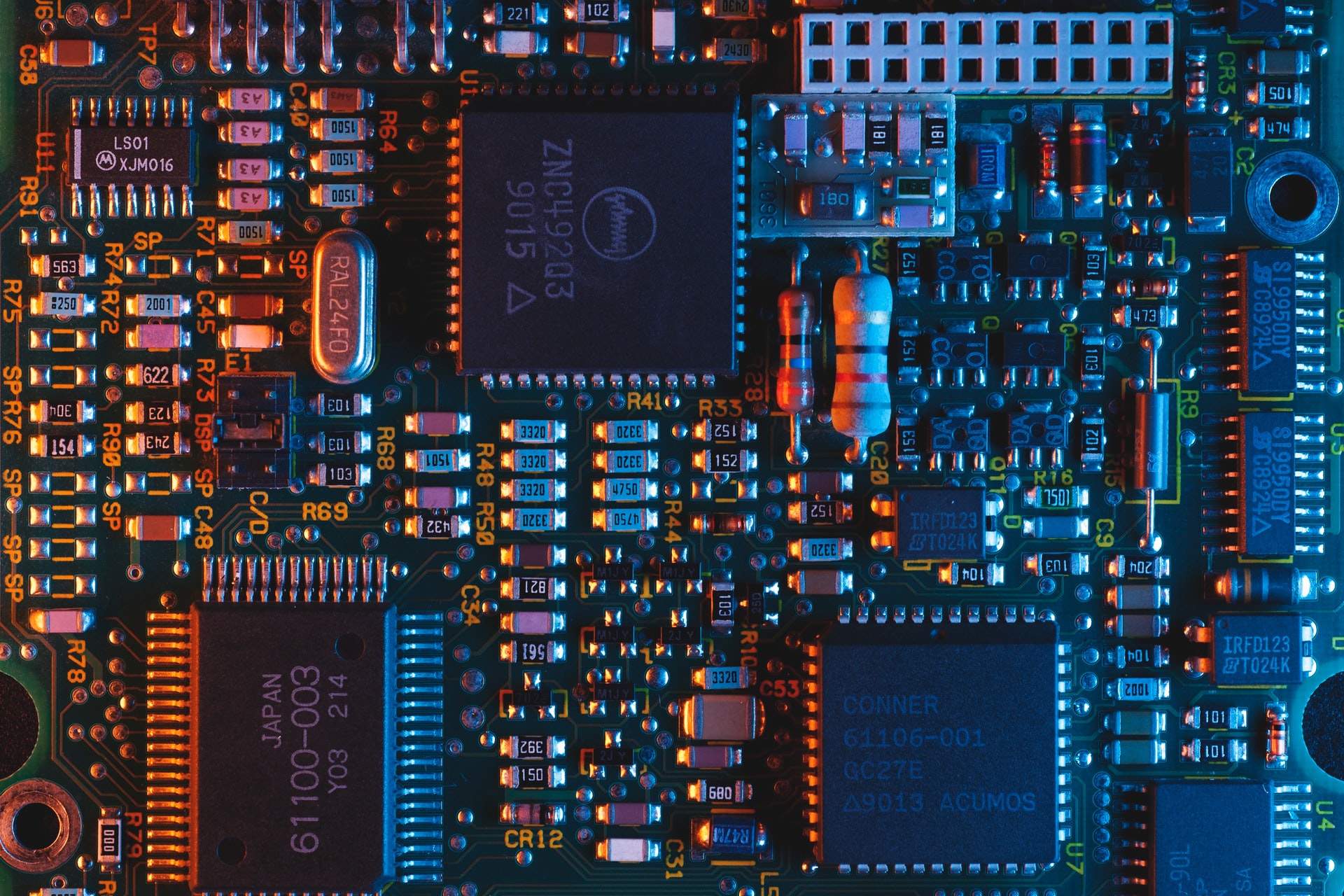
The processors and memory cards need to communicate through the chipset in a motherboard to send and receive information. The modern motherboards have integrated chipsets that allow the components to communicate with each other.
However, in the past, smaller chips have been used for each component. The CPU now handles some functions. It is the chipset that connects the other components to the circuit board.

